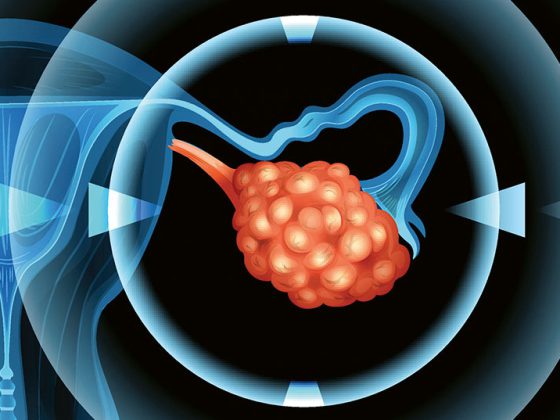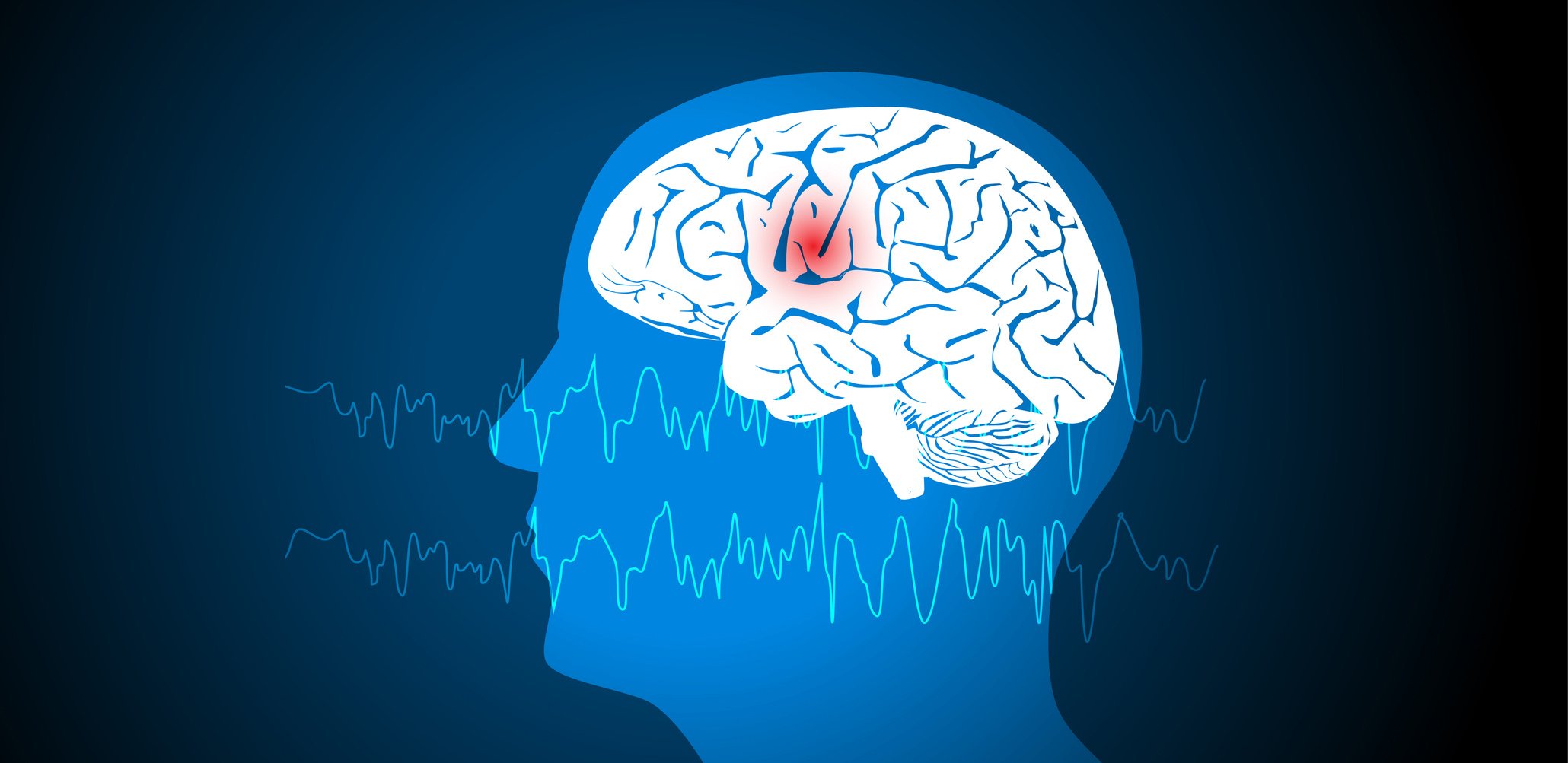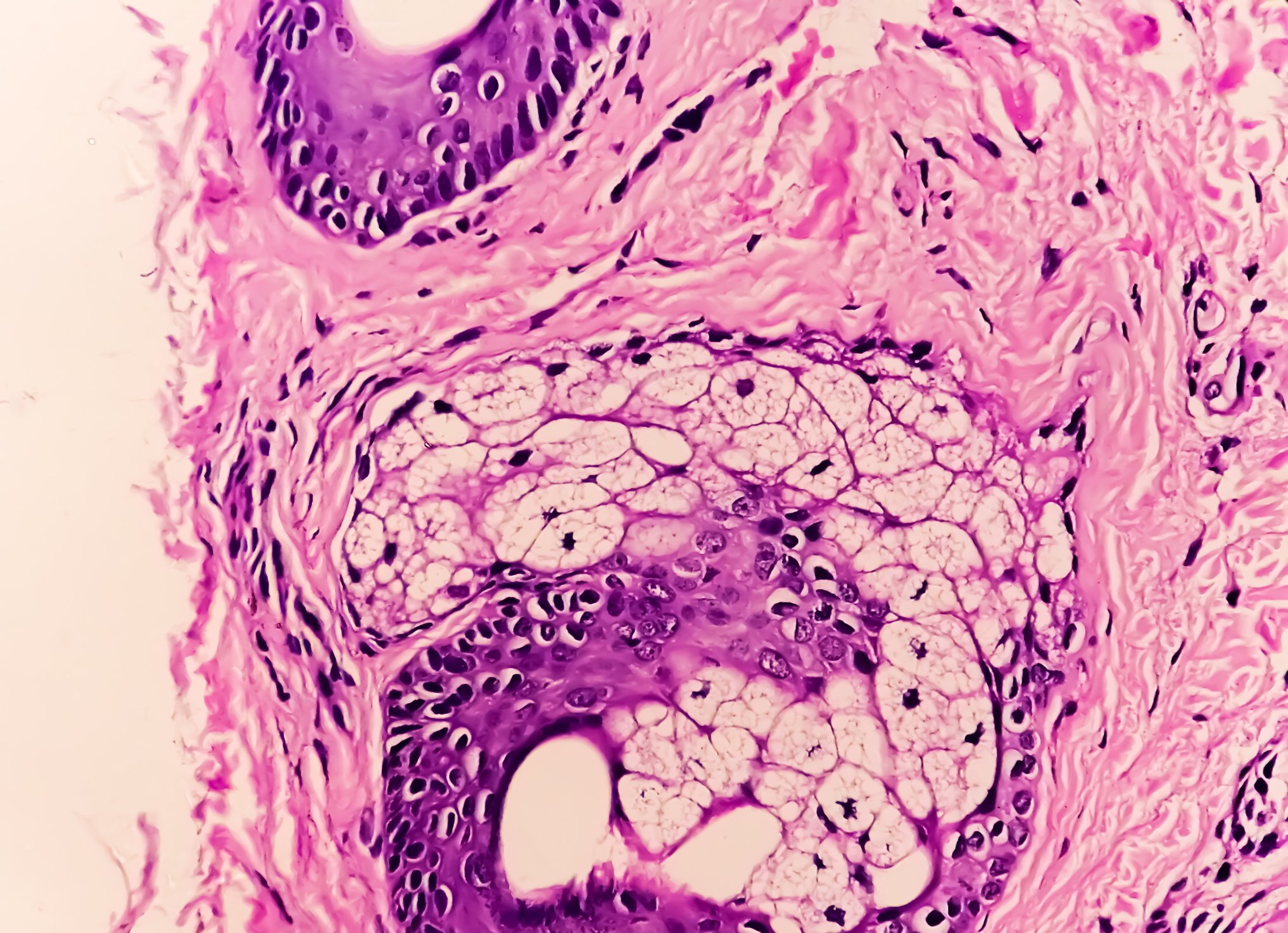Migraine is based on a complex pathophysiology, which could only be detected gradually. According to current knowledge, a genetic predisposition, certain triggers, stress or overwork can trigger the recurring headache attacks. Meanwhile, many treatment managements are based on the key mechanisms of the disease and can lead to effective outcomes.
Science has now been able to debunk migraine as a neuronal disease rather than a purely vascular one. This is because both peripheral and central sensitization processes are involved in their development. In Switzerland, about one million of the population suffers from the recurring headache attacks. The burden of disease is high because it is not only the pain that is burdensome. They often also entail loss of function, as the pain increases with physical activity. In addition, they are often accompanied by loss of appetite, nausea with or without vomiting, sensitivity to noise, light and smell. It is hardly surprising that migraine has been ranked by the WHO as one of the leading causes of years of life lost worldwide.
In drug treatment, a distinction is made between acute therapy and prophylaxis. Both are meant to be reliably effective and have few side effects. Acute therapy is used to quickly reduce or stop headaches, eliminate accompanying symptoms and restore function. Prophylaxis is indicated, especially in severely affected patients, to reduce the frequency and intensity, increase the efficacy of acute medication, and achieve an increase in headache-free time. According to the S1 guideline on migraine attack therapy and prophylaxis of migraine, prophylaxis should be considered when the level of distress, reduction in quality of life, and risk of medication overuse are high.
Undersupply in view
However, according to recent surveys, the implementation of the recommendation still leaves room for improvement. Migraine is still frequently undiagnosed or diagnosed late, many patients accept it as fated, and prophylaxis has not yet been widely established. According to a survey, only about 50% of those affected could provide a corresponding diagnosis. Furthermore, of the migraine patients, although 98% were taking acute therapy, only 12.4% were receiving prophylaxis. But analyses show that just under 35% of those affected qualify for prophylactic treatment. The fact that care is so poor may be due in part to reservations about prophylactics on the part of patients and physicians, who fear many side effects, dependence, and high costs. But this need not be the case, as was made clear once again at the congress. Beta-blockers (e.g., propranolol, metoprolol), calcium antagonists (e.g., flunarizine), anticonvulsants (e.g., topiramate), antidepressants (e.g., amitriptyline), and onabotulinumtoxin A are recommended for episodic migraine of three attacks or more per month or chronic migraine. If these are not tolerated or do not show sufficient effect, monoclonal antibodies against CGRP (fremanezumab, galcanezumab) or the CGRP receptor (erenumab) can be used. They are considered to be particularly well tolerated and very effective. Not only can the number of migraine attacks be effectively reduced, but also their intensity.
Congress: Pain Congress 2021
InFo NEUROLOGY & PSYCHIATRY 2021; 19(6): 28 (published 1/12/21, ahead of print).











